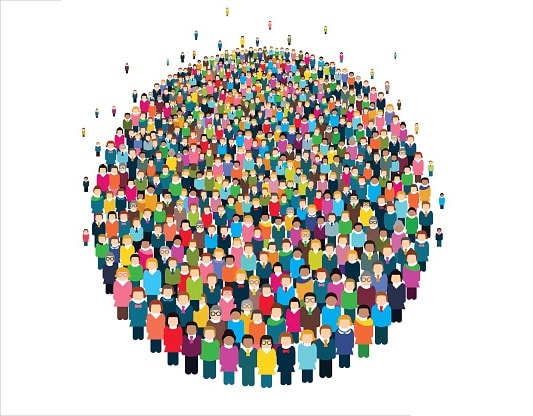From women at work to cohabiting couples, these 5 demographic trends will affect your business in 2018.
By Rieva Lesonsky
Demographic marketing is more important than ever. Pew Research has compiled the demographic trends that shaped our world this year, which should impact 2018 as well. Here are a few:
1—There are nearly 80 million millennials, making them the largest living generation in the U.S. The generation will get even bigger, due to immigration, until 2036. Pew notes that this generation is slow to adopt many of the traditional markers of adulthood.
2—More Americans are living together than ever before, hitting 18 million in 2016. (This number reflects only those cohabitating, not married.) The trend is particularly growing among those ages 50 and older. A record number of Americans live in multigenerational households as well.
3—The number of women in the workforce (46.8% in 2015) will likely peak at 47.1% in 2025 before tapering off.
4— Pew says between 1970 and 2014, the increase in the number of children born in America was “driven entirely by immigrant women, while births to U.S.-born women fell.” I suspect this number will change as more millennials reach their peak child-bearing years.
5—Currently, however, the growth in the overall workforce is being driven by immigrants. Pew says, “Without immigrants, there would be an estimated 18 million fewer working-age adults in the country in 2035 because of the dearth of U.S.-born children with U.S.-born parents.”
One trend not mentioned by Pew, but likely to affect small businesses with employees, is that starting in 2018 there will be four generations in the full-time workforce (baby boomers, Gen X, millennials—also known as Gen Y—and Gen Z. This can impact many facets of your business, as each generation has different expectations of what they want from their employers, as well as differing workstyles.







